Costa Rica Milasu Garden Rose Summer Strawberry Sugar hand-made Flavor characteristics Honey treatment of Rose Summer Coffee Bean Story
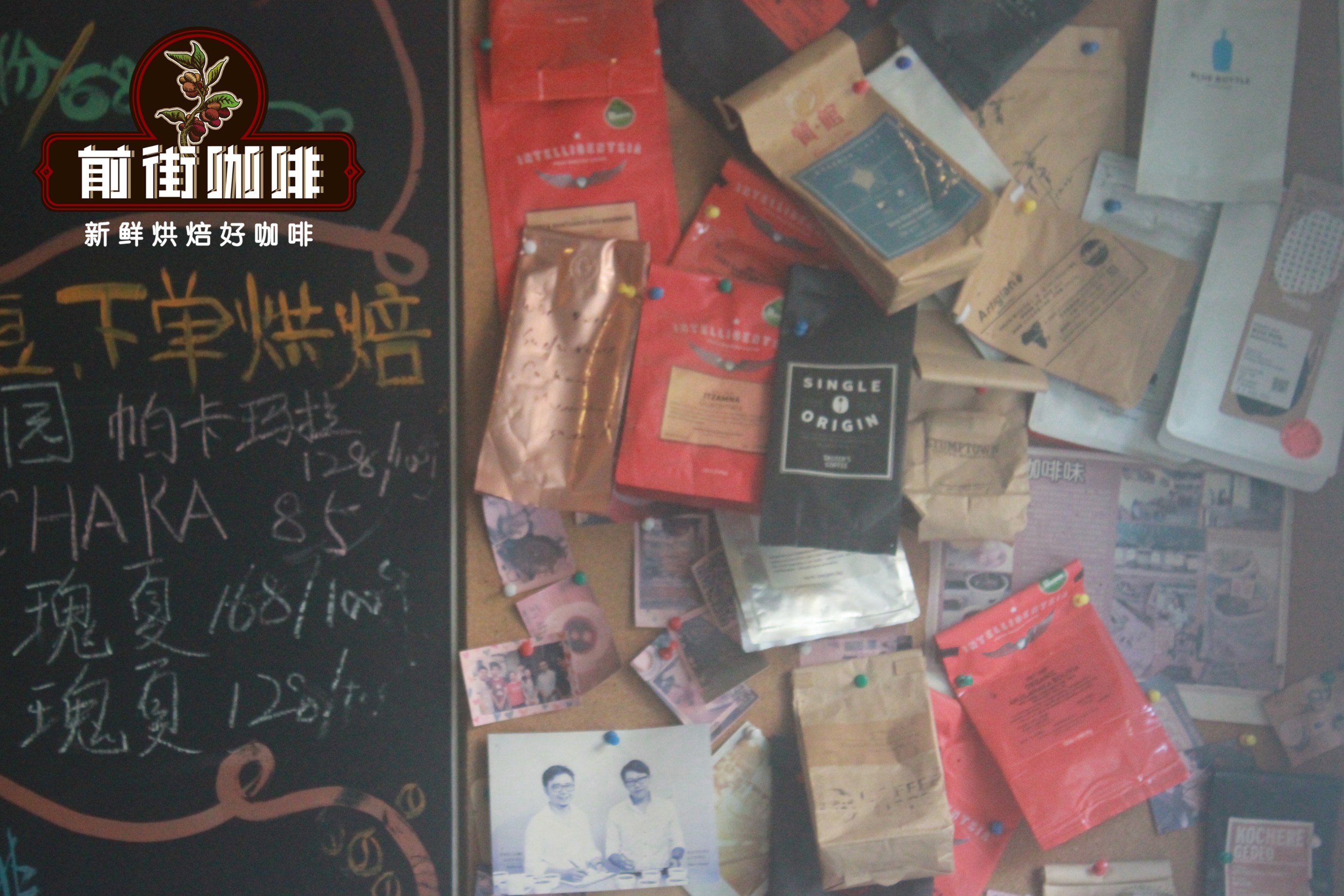
Costa Rican coffee beans are like gold. This expression does not mean that Costa Rican coffee beans are expensive, but because Costa Rican coffee beans are more famous for their honey-treated way, and the appearance of honey-treated shell beans is similar to that of gold. and honey-treated coffee is thick and sweet, so it is the first choice of many sweet parties.
Frequent contact with boutique coffee partners know that in order to meet the requirements of boutique coffee, the first should be Arabica coffee varieties. It is very interesting that Costa Rica is the only country in the world that produces coffee beans of any kind except Arabica, which shows the importance Costa Rica attaches to high-quality coffee beans such as Arabica. In 1989, Costa Rica also passed a law prohibiting the cultivation of low-quality coffee beans and encouraging Costa Rican farmers to pursue truly superior quality coffee beans.
Arabica bean is a special variety that is more difficult to grow than other varieties. If you want to grow high-quality Arabica coffee beans, there are strict requirements on the altitude, soil and climate of the planting area.
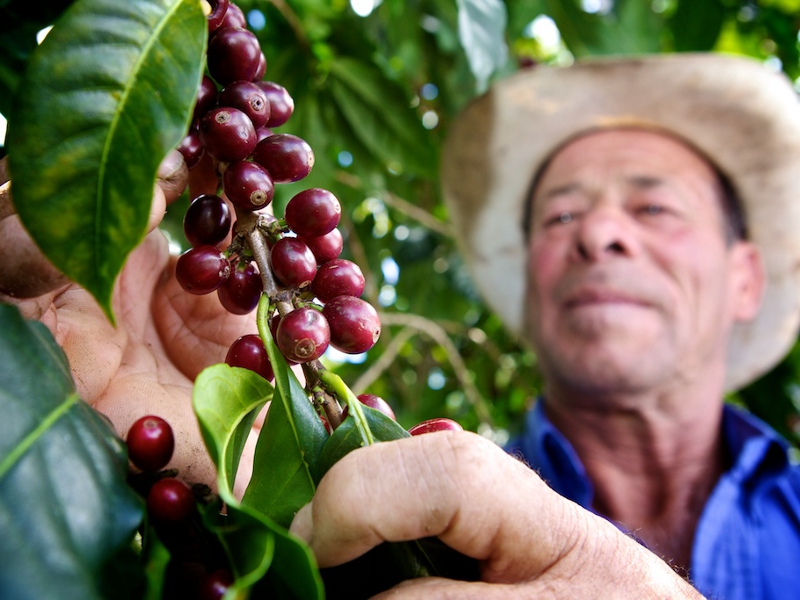
Costa Rica has a distinct rainy season and dry season, with an average annual temperature of 17 degrees Celsius to 28 degrees Celsius, an annual temperature difference of about 10 degrees Celsius, high air humidity, and annual rainfall of between 2000 and 3000 milliliters. More than 80 per cent of coffee is grown between 800m and 1700 m, and its rich volcanic soil provides a lot of essential nutrients for coffee plants.
In Costa Rica, there are seven recognized coffee producing areas in the central, mountainous and high altitude areas. Since coffee beans are grown between 800m and 1700 m above sea level, most Costa Rican coffee beans are SHG grade very hard beans. Next, let's delve deeper into each region to discover the nuances of this precious coffee.
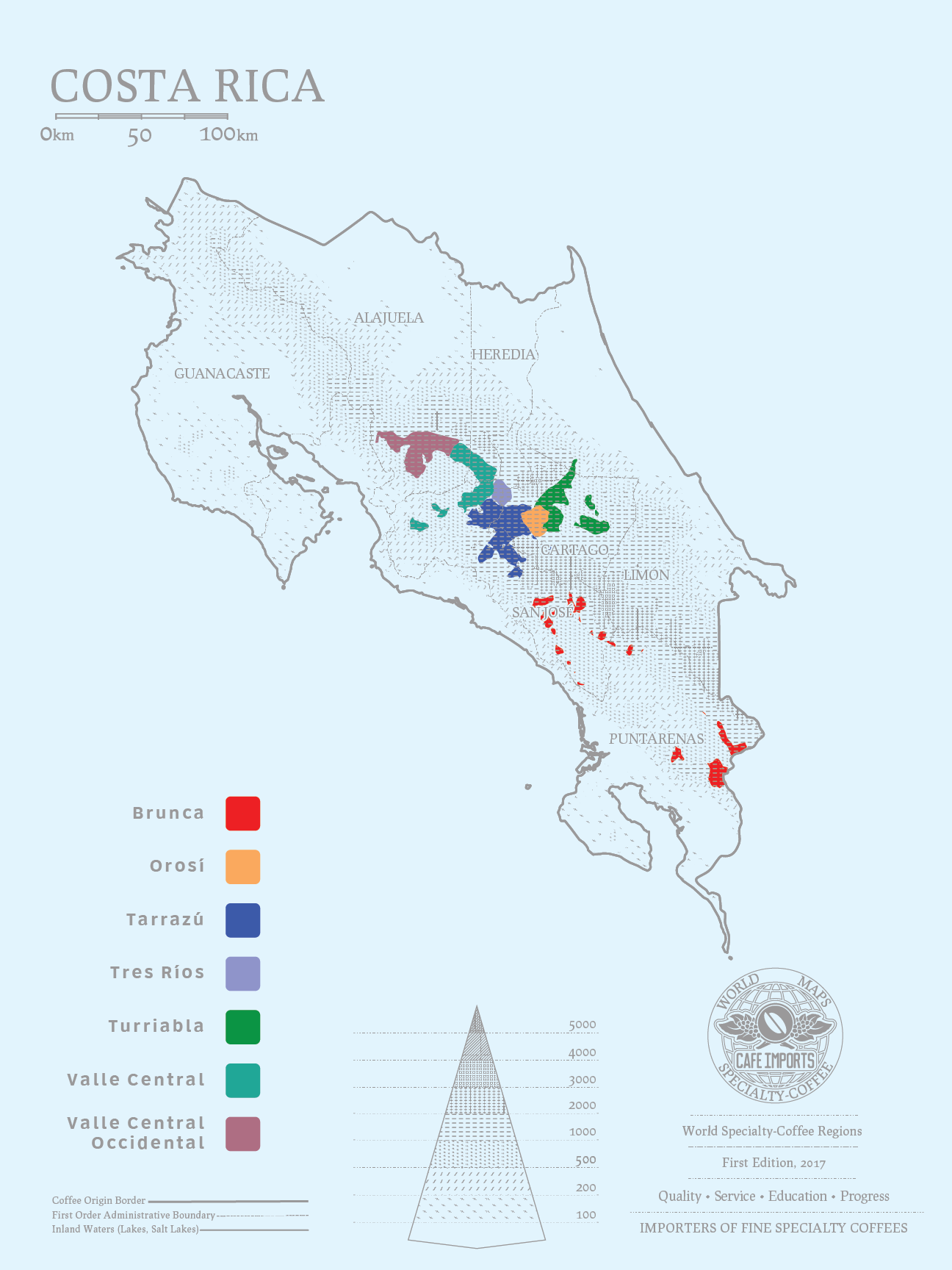
[central Valley]
Coffee production in the central valley accounts for almost 15% of Costa Rican coffee production. The elevation of this producing area is between 1000 and 1200 meters above sea level, and the soil is based on volcanic soil. The unique microclimate of the Central Valley gives coffee beans rich fruit and chocolate flavors with pleasant honey aromas.
[trihydrate]
The producing area is located on the hillside of Mount Ilasu, only a few miles from San Jose, the capital of Costa Rica, and is one of the famous coffee producing areas in Costa Rica. This coffee producing area is the smallest of all coffee producing areas, and the coffee growing here is as high as 1650 meters above sea level. The coffee in this area is bright in taste, as sweet as honey and full of fruit flavor.
[Brenka]
The Brunca region at the southernmost tip of Costa Rica produces nearly 20 per cent of Costa Rica's coffee. There is also a great difference in altitude in this area, ranging from 800m to 1700 m. Generally speaking, coffee beans from this area are milder than those from other regions. Coffee beans from Brenka have complex aromas of various citrus fruits.
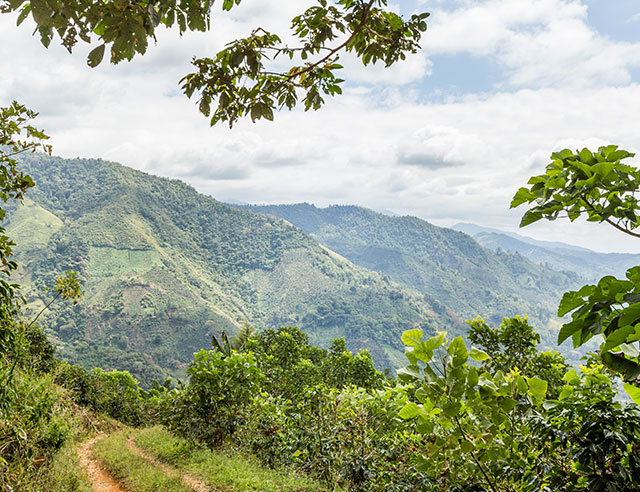
[Dooley Alba]
The producing area is named after the volcanoes in the area, and the Duli Alba producing area has the highest rainfall of all eight coffee producing areas. Most of the coffee beans in this area grow above 1400 meters. The coffee beans in this area are characterized by their light and soft taste, subtle aroma and moderate acidity.
[Tarazhu]
The Tara Zhu producing area of Costa Rica is considered to be one of the highest growing areas in the country. The coffee beans produced in this area are considered to be one of the best in Costa Rica. The coffee from the Tarazhu region has an excellent flavor. Because of the extremely high altitude, it is rich in extremely hard beans of SHB grade.
[O'Rossi]
The Orosi Coffee region is one of the oldest coffee growing areas in Costa Rica, dating back nearly 100 years. The Orosi region receives more rainfall than other coffee-producing areas. Most of the coffee produced here grows on the slopes of the Odyssey Mountains between 1000 and 1400 meters above sea level. Due to the good climate in the producing area, the coffee here tastes smooth and balanced.
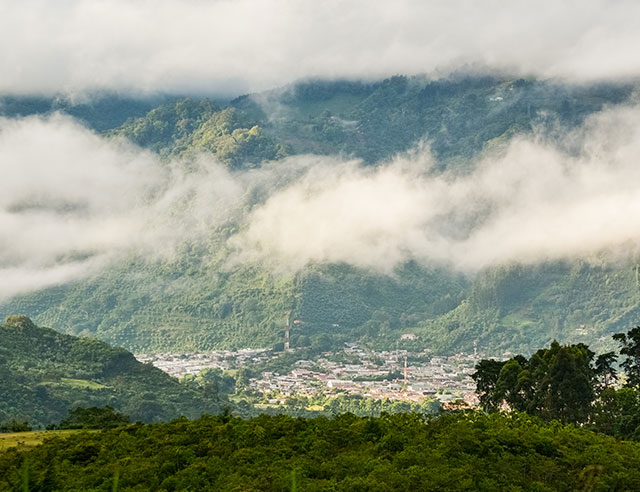
[West Valley]
The producing area is located in the westernmost part of Costa Rica, adjacent to the Tarazu producing area, which accounts for about 25% of the country's total coffee production. The growing area is between 1200 and 1700 meters above sea level, and the coffee fruits here grow more slowly than those in Tara beads.
The Costa Rican government vigorously promoted coffee cultivation in the 19th century. until today, there are many internationally famous coffee farms in Costa Rica, including Milasu. There is also a honey-treated coffee bean from Milasu Manor on the bean list of Qianjie coffee.
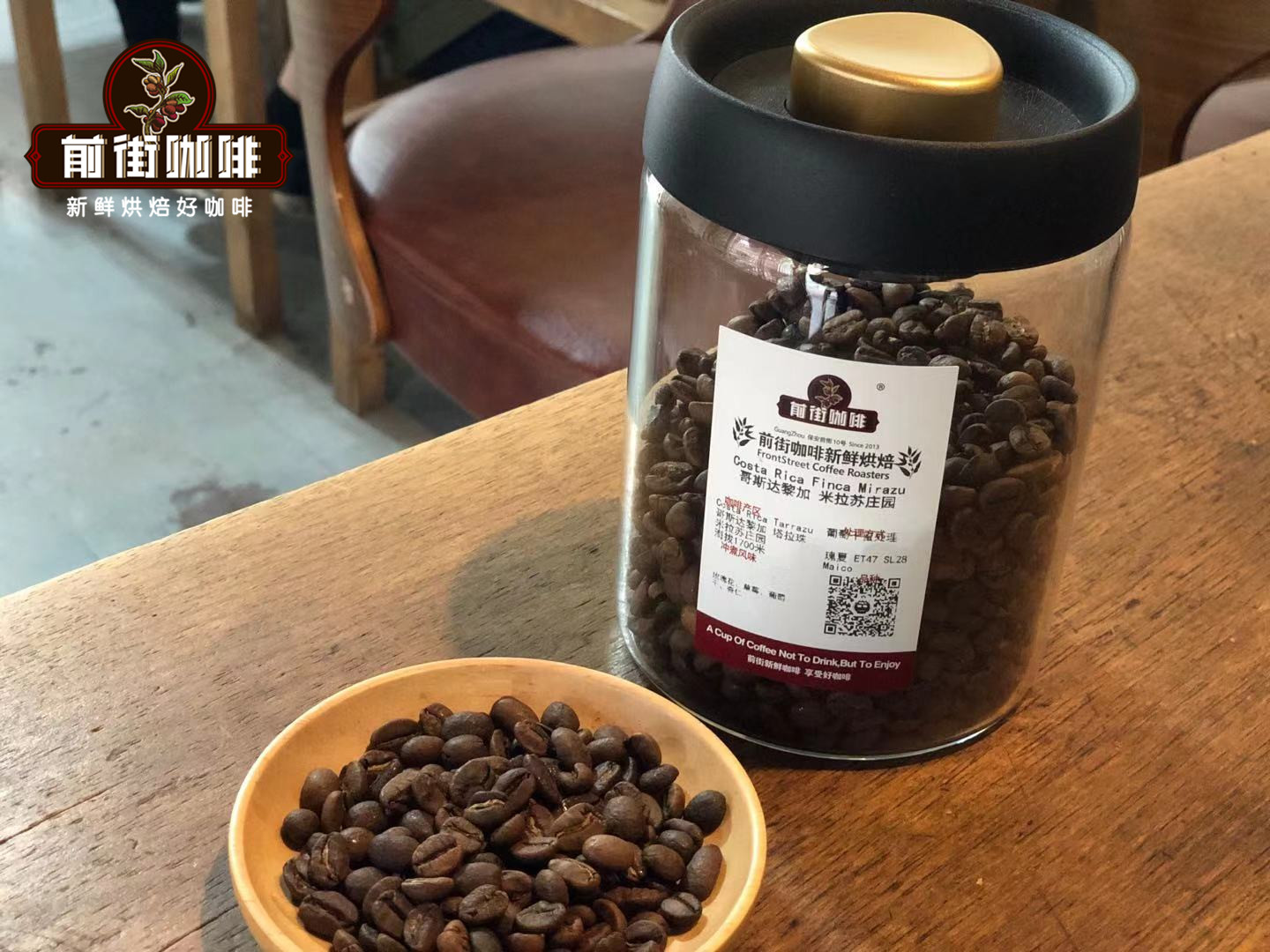
Qianjie Coffee Milasu Manor, Costa Rica
Producing area: Tarazhu producing area of Costa Rica
Manor: Milasu Manor
Altitude: 1700 m
Varieties: Rosa, ET47, SL28, Maico
Treatment method: raisin honey treatment
Esteban Sanches, the owner of Milasu Manor, was originally a staff member of La Candelilla, and he is very experienced in the post-processing of coffee machines and raw coffee beans. Later, because of his unique view of coffee, he came out of the small Candle Manor and built a coffee farm, which was not named Mirazu. In the local language, Mirazu means overlooking Tarazu. Esteban Sanches, the owner of Milasu Manor, believes that the quality of coffee begins with coffee trees.

This Costa Rican Tara bead coffee bean is a rose summer blend. This rose summer blend contains 50 per cent of Rosa coffee beans and 50 per cent of ET47, SL28 and Maico.
Qianjie has been mentioned in many articles about Rosa Coffee, which originated in the Rosa Forest of Ethiopia and was picked and sent to the Coffee Institute in Kenya in Africa for research in the 1930s. but it didn't give much effort because of its mediocre flavor. After several twists and turns, the Rosa Coffee variety went to the Central American Center for Tropical Agronomy Research and Teaching (CATIE) in Costa Rica in 1953 and was numbered T2722. It was distributed to Panama for cultivation in the 1960s, and because of the low yield of Rosa coffee, farmers only used it as a windbreak tree. Until 2004, the Emerald Manor sent the rose summer coffee to participate in the BOP competition to win the championship, from then on the rose summer coffee variety became more and more famous.
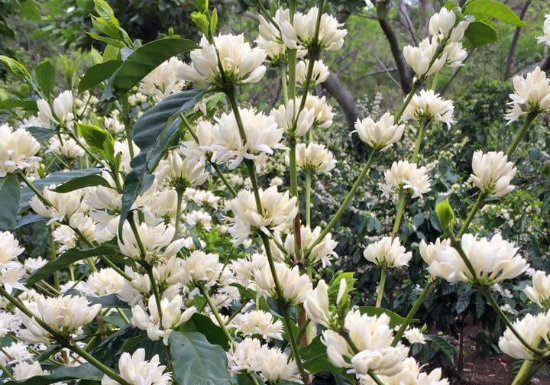
After receiving this rose summer mixed beans, the baristas of Qianjie Coffee adopted a medium roasting degree in order to highlight the strong floral and fruity aromas of the rose varieties and the strong sweetness from honey treatment.
After receiving the roasted beans, the baristas of Qianjie Coffee decided to brew the beans with a higher water temperature (93 degrees Celsius), a finer grinding degree (80% of the Chinese standard No. 20 sieve pass rate) and a faster flow rate filter cup (Hario V60) in order to highlight the aroma and sweetness of the beans.
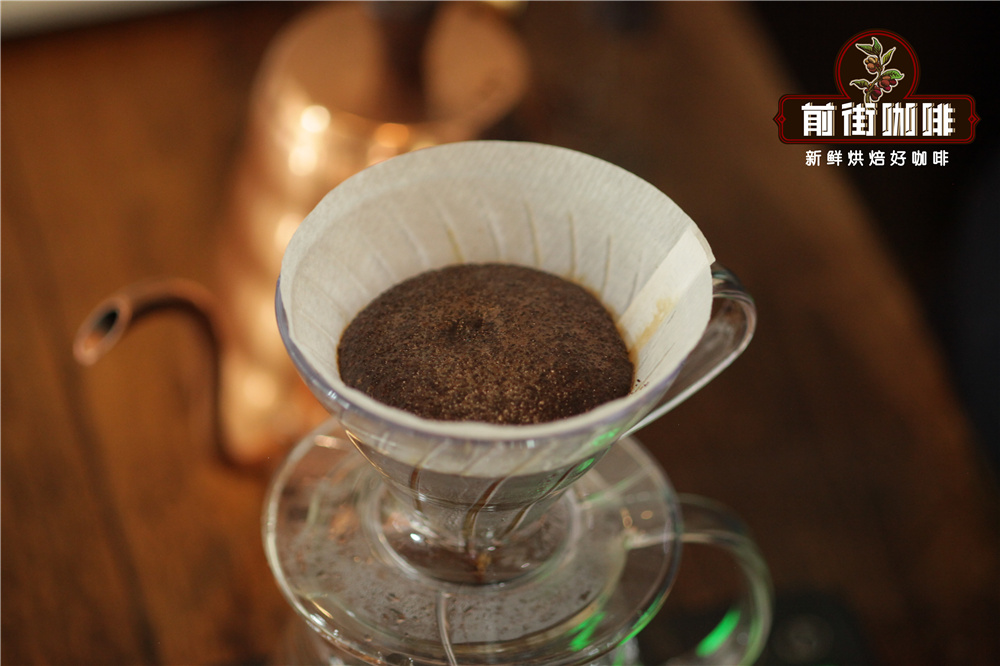
Filter cup: Hario V60
Water temperature: 93 degrees Celsius
Amount of powder: 15g
Ratio of powder to water: 1:15
Degree of grinding: the pass rate of Chinese standard No. 20 screen is 80%.

Steam the coffee powder with 30 grams of water for 30 seconds, slowly circle the second section of water to 125 grams, gently circle the third section of hot water to 225 grams, the total extraction time is about 2 minutes.
For more information about coffee beans, please follow the coffee workshop (Wechat official account cafe_style) and exchange professional coffee knowledge. Please add Wechat account kaixinguoguo0925.
Important Notice :
前街咖啡 FrontStreet Coffee has moved to new addredd:
FrontStreet Coffee Address: 315,Donghua East Road,GuangZhou
Tel:020 38364473
- Prev

Costa Rica SOE espresso Why drink espresso with ice water?
Professional coffee knowledge exchange more coffee bean information please follow the coffee workshop (Wechat official account cafe_style) full particles, ideal acidity, unique and strong flavor. Tarrazu in Costa Rica is one of the major coffee producing areas in the world. The coffee produced is light and pure in flavor and pleasant in aroma. The volcanic soil of Costa Rica is very fertile and has good drainage.
- Next

Costa Rican Reese Manor double-washed Kaddura Coffee suggestion _ hand-made Tarazu Coffee
Professional coffee knowledge exchange more coffee bean information Please follow the coffee workshop (Wechat official account cafe_style) has been looking for a bean different from the current Costa Rican coffee / hope that she has excellent acidity and mellow thickness at the same time / more enhance the sweetness and sweetness of the final rhyme / at the same time / at the same time / we have not tried to bake or make it before her producing area.
Related
- Detailed explanation of Jadeite planting Land in Panamanian Jadeite Manor introduction to the grading system of Jadeite competitive bidding, Red bid, Green bid and Rose Summer
- Story of Coffee planting in Brenka region of Costa Rica Stonehenge Manor anaerobic heavy honey treatment of flavor mouth
- What's on the barrel of Blue Mountain Coffee beans?
- Can American coffee also pull flowers? How to use hot American style to pull out a good-looking pattern?
- Can you make a cold extract with coffee beans? What is the right proportion for cold-extracted coffee formula?
- Indonesian PWN Gold Mandrine Coffee Origin Features Flavor How to Chong? Mandolin coffee is American.
- A brief introduction to the flavor characteristics of Brazilian yellow bourbon coffee beans
- What is the effect of different water quality on the flavor of cold-extracted coffee? What kind of water is best for brewing coffee?
- Why do you think of Rose Summer whenever you mention Panamanian coffee?
- Introduction to the characteristics of authentic blue mountain coffee bean producing areas? What is the CIB Coffee Authority in Jamaica?

